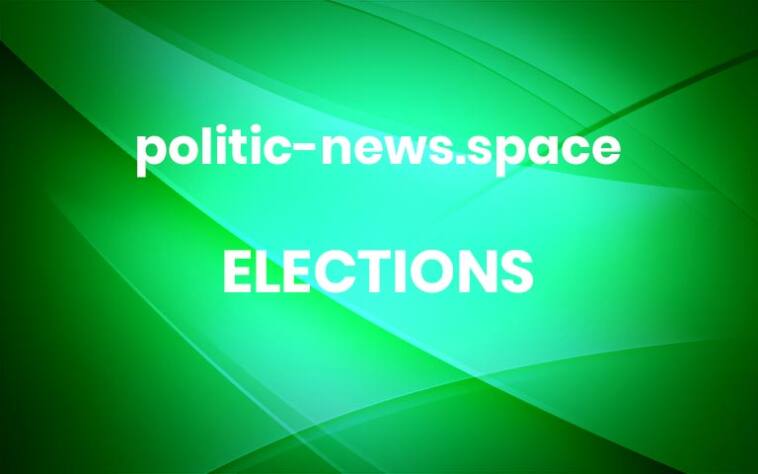How Social Media Videos Fueled Zohran Mamdani’s Success
As a millennial politician, Zohran Mamdani is a digital native, at ease on both sides of a camera and well versed in the slangy “terminally online” lingo of those with active social media accounts. He is also the son of an Oscar-nominated filmmaker, with a sharp eye for aesthetics and moving images.So it is perhaps not surprising that Mr. Mamdani’s campaign for mayor of New York City has relied heavily on engaging social media posts. But during the Democratic primary, his high-energy videos also inspired his supporters to create their own clips, which encouraged others to respond with even more videos. Before long, Mr. Mamdani, a 33-year-old assemblyman, was not just a politician. He was a vibe. He was a meme.Among the factors in Mr. Mamdani’s stunning lead in the primary last week was his ability to translate his campaign message about making New York City more affordable to TikTok and Instagram, where clips by and about him had been going viral for months.He was on the internet talk shows Subway Takes and Gaydar. The comedians Ilana Glazer, Marybeth Barone and Sarah Sherman made videos asking voters to rank Mr. Mamdani first on their primary ballots. There were clips that used N.B.A. highlights to explain his campaign. And a video in which he spelled his name, M-a-m-d-a-n-i, set to the track “Hollaback Girl” by Gwen Stefani. There was even a clip set to a Japanese pop song in the style of a “fansub,” a phenomenon that only the extremely online would understand.
@zohranchan ZOHRAN KWAME MAMDANI FOR NYC MAYOR!! JUNE 14-JUNE 24!! •original creds to: zohran_fansubs on insta #nycmayor #mayorzohran #zohranmamdani #princess #girlypop #princessaesthetic #voting #senpai #mayor ♬ original sound – votezahrank The more Mr. Mamdani posted, the more people posted about him, and soon, whether or not you were following the New York City mayoral race, there were Mamdani videos in your feed.
@astorwalk Replying to @ornerybeagle253 this my mayor #mamdani #zohranmamdani #newyorkmayor #gwenstefani #hollabackgirl #edit #foryou ♬ the name is MAMDANI – lester
@ofromqueens please go out to the polls!! the election is so tight that your vote could be the one to help us take it home. resources are in my bio love you ❤️ #nyc #newyork #nyclife #ofromqueens #queensnyc #manhattannewyork #brooklynnyc #brooklyn #statenisland #zohranmamdani #andrewcuomo ♬ magic – Medasin & MAE.SUN
@vivienmaskara3 GO OUT AND VOTE ZOHRAN @Zohran Mamdani #zohran #nyc #zohranmamdani #nycpoles #nycapartment ♬ original sound – Vivienmaskara
@balkanbitch420 #zohranfornyc ♬ original sound – balkanbitch420
@chinita.paisa Y’all better vote for Zohran today you know he had the green metro card, polls are open from 6AM-9PM. ✨��️ • • • #zohran #zohranmamdani #nycvotes #nycvoting #mayor #nycmayor #nycelections #elections2025 #newyorkertest #newyorkers #nychighschool ♬ New York – Album Version (Edited) – Ja Rule
@fleuririva feel so free but only with him as mayor #zohranmamdani #newyorkcity #mayor #edit #edits #addisonrae ♬ original sound – m We are having trouble retrieving the article content.Please enable JavaScript in your browser settings.Thank you for your patience while we verify access. If you are in Reader mode please exit and log into your Times account, or subscribe for all of The Times.Thank you for your patience while we verify access.Already a subscriber? Log in.Want all of The Times? Subscribe. More



